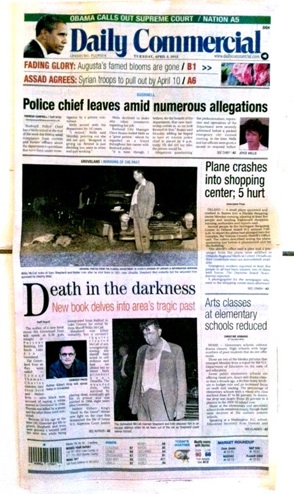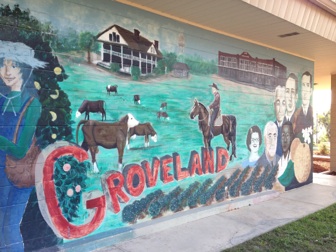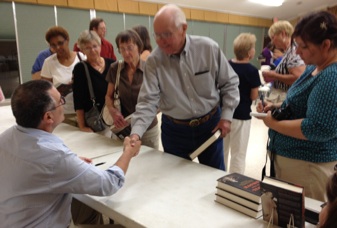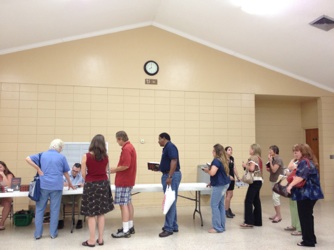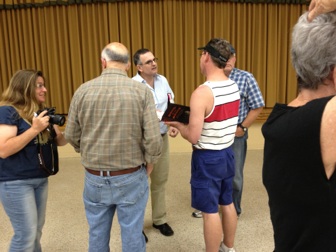Gilbert King is the author of Devil in the Grove: Thurgood Marshall, the ... He is also a featured contributor to Smithsonian magazine's history blog, Past Imperfect .
BLOG









Gilbert King
Return to Groveland
I wasn’t sure what to expect when I arrived in Groveland to speak at the Puryear Building for a talk sponsored by the Baysinger Memorial Library. I knew that the city was still raw from events 60 years ago, and racial feelings had once again come to the surface in central Florida because of the Trayvon Martin case. Part of me was hoping to slip quietly into the event, speak to a few people and then be on my way. But as I walked down the street, I glanced at a newspaper box on the corner and saw the large, iconic photo of Willis McCall standing in front of his Oldsmobile. I bought the paper, and saw my picture too, right on the front page. So much for quietly slipping into town!
I approached the building and was immediately greeted by the event coordinator who told me that she thought I should know they did receive a few threatening telephone calls about the event, and that the police were going to be nearby. I always get a little nervous about public speaking, but as the auditorium began to fill, my thoughts turned to Thurgood Marshall, who came to Florida to speak about the Groveland case during the “Florida Terror,” when bombs were rocking churches and black apartment complexes, and he received constant death threats. Two weeks after one of his speeches, his NAACP friend, Harry T. Moore and his wife would be killed by one of those bombs.
The thought of Marshall and his lawyers coming to Lake County 60 years ago helped me gain some perspective and realize I had little to worry about. And as I took the stage and took questions from the people who came, I soon found myself in the middle of one of the most gratifying events imaginable. Many of them had grown up with or worked with the central characters in the story, and the story of the Groveland Boys was one they never talked about, except in whispers. They wanted to talk about it now, and they held nothing back. They wanted me to know that it wasn’t just blacks who lived in fear of Willis McCall.
I met some people who I wish I’d met while I was doing my research. People who passed me their cards and told me they could tell me some stories I’d be interested in. I didn’t doubt it. I met relatives of Walter Irvin, the last of the Groveland Boys to stand trial for rape. I met readers. Some had already read the book and had brought friends along. I met one young black woman who had a teenage son, and she wanted him to read the book, too. She was talking to him about Trayvon Martin and she wanted him to know about the past, so that he’d be safe from harm in the future.
At one point in Devil in the Grove, reporter Mabel Norris Reese issues a challenge to Thurgood Marshall. If he cared so much about racial harmony, she asked, why didn’t he come to Lake County and speak to both whites and blacks, together in the same room? Marshall told her he thought it was a great idea, and that such a talk would go a long way toward helping Americans understand each other a little better. Reese was so surprised, she wrote a letter to J. Edgar Hoover, praising Marshall.
I ended up staying in Groveland for two hours after they closed the building, talking to people who, like me, didn’t want to go home.
Wednesday, April 4, 2012
